MagnetostrictiveLiquidLevelGaugeInstallationGuideStep-by-Step
Proper installation of magnetostrictive liquid level gauges is crucial for achieving accurate and reliable level measurement in industrial applications. These sophisticated instruments provide high-precision monitoring for various liquids in storage tanks, process vessels, and other containers. Understanding the correct installation procedures ensures optimal performance and extends the instrument's service life while maintaining measurement accuracy within specified tolerances.
Pre-Installation Planning and Safety Measures
Before beginning the installation process, comprehensive planning and safety preparation are essential. Review all manufacturer documentation, including technical specifications and installation manuals. Verify that the gauge model matches your application requirements regarding temperature range, pressure rating, and chemical compatibility with the measured liquid. Conduct a thorough site assessment to identify potential hazards and ensure adequate workspace. Implement appropriate safety protocols such as lockout-tagout procedures, personal protective equipment requirements, and emergency response plans. Confirm that the tank or vessel is properly isolated and prepared for installation work to prevent accidents or contamination.
Mounting and Mechanical Installation
The mechanical installation phase requires careful attention to mounting orientation and connection integrity. Select the appropriate mounting location considering factors like fluid dynamics, accessibility for maintenance, and minimum immersion requirements. For top-mounted configurations, ensure the flange or threaded connection matches the tank nozzle specifications precisely. Use proper gaskets and sealing materials compatible with both the process fluid and environmental conditions. Tighten connections according to manufacturer torque specifications using calibrated tools to prevent damage to threads or sealing surfaces. For guided wave radar configurations in stilling wells, verify proper clearance and alignment to prevent signal interference.
Electrical Wiring and Connection Procedures
Electrical installation demands strict adherence to wiring diagrams and safety standards. Begin by verifying the power requirements and signal output type specified for your magnetostrictive level gauge model. Use appropriate cable types and sizes based on distance, environmental conditions, and electrical codes. Implement proper grounding techniques to prevent electrical noise interference and ensure personnel safety. For intrinsically safe applications, confirm that barriers and associated apparatus are correctly installed and certified. Maintain proper separation between power and signal cables to minimize electromagnetic interference. Weatherproof all external connections using suitable conduits and sealing fittings for outdoor or harsh environment installations.
Calibration and Configuration Steps
Calibration is critical for ensuring measurement accuracy and proper gauge functionality. Follow the manufacturer's recommended calibration procedure using verified reference standards. For magnetostrictive level gauges, this typically involves setting the zero point (empty tank) and span point (full tank) using either actual fluid levels or simulated values. Access the device configuration menu through the local interface or communication software to input engineering units, damping values, and output parameters. Verify the probe length settings and float configuration match your specific application requirements. Document all calibration data including date, reference standards used, and personnel involved for quality assurance and future maintenance reference.
Commissioning and Operational Verification
The commissioning phase validates proper installation and prepares the gauge for continuous operation. Gradually introduce the process fluid while monitoring for leaks or abnormal gauge behavior. Verify that the level readings correspond to actual tank conditions through independent measurement methods if available. Check the output signal at various level points to confirm linearity and accuracy across the entire measurement range. Test alarm setpoints and communication interfaces to ensure proper integration with control systems and monitoring platforms. Complete all required commissioning documentation and update equipment records with installation details, calibration data, and initial performance verification results.
Troubleshooting Common Installation Issues
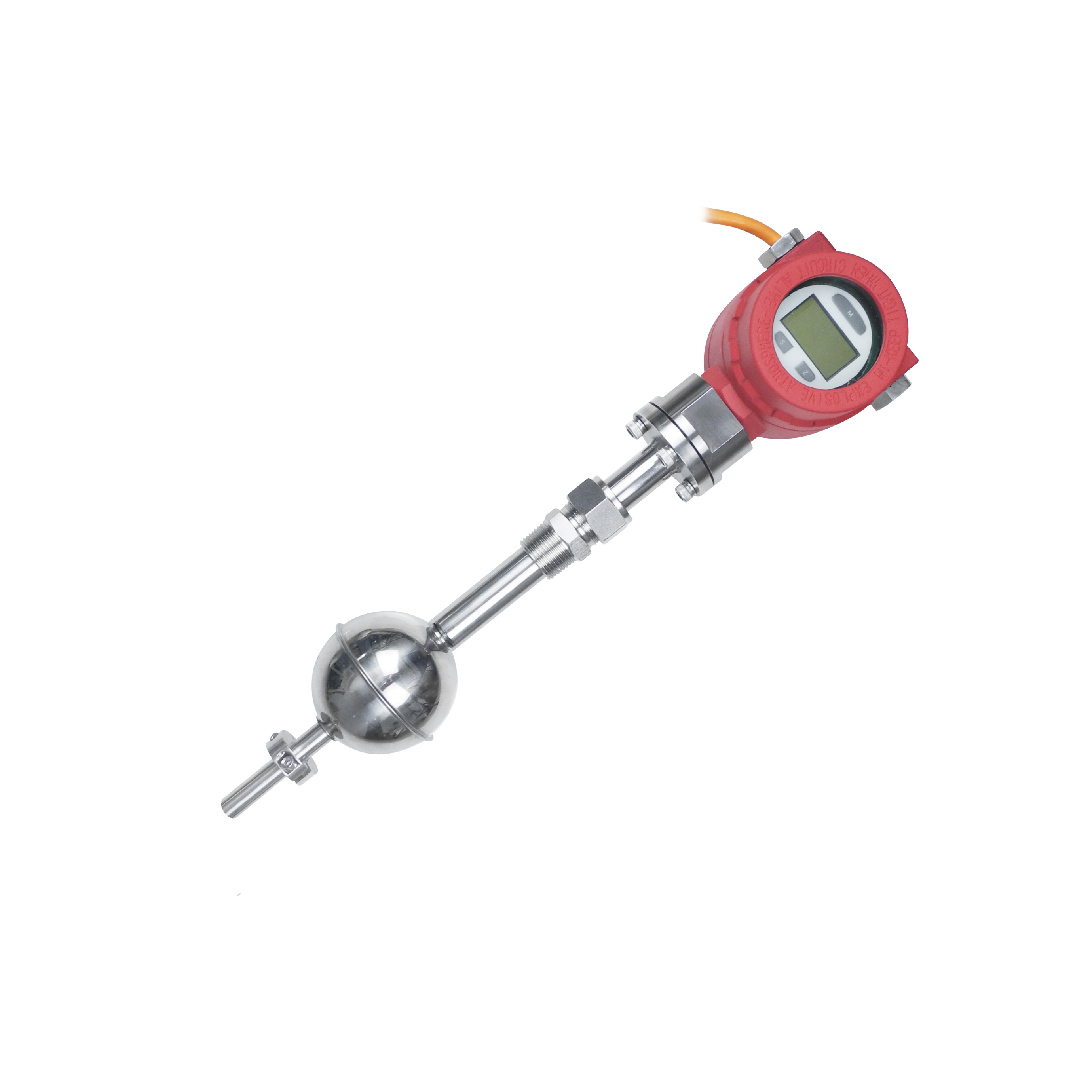
Even with careful installation, various issues may arise requiring systematic troubleshooting. Common problems include erratic readings, which may indicate improper grounding, electrical interference, or mechanical issues with the float movement. Zero drift issues often relate to temperature effects or mounting stress. Communication failures typically stem from wiring problems, configuration errors, or incompatible protocols. Reference the manufacturer's troubleshooting guide and verify each installation element against specifications. For persistent issues, consult technical support with detailed information about the symptoms, installation conditions, and troubleshooting steps already performed.
Maintenance and Best Practices
Regular maintenance ensures long-term reliability and accuracy of magnetostrictive liquid level gauges. Establish a preventive maintenance schedule including visual inspections, calibration verification, and functional testing. During maintenance activities, inspect for signs of wear, corrosion, or damage to the probe, float, and electronics housing. Clean components as needed using methods and materials approved by the manufacturer. Keep detailed maintenance records including dates, activities performed, replacement parts, and performance observations. Follow industry best practices for storage of spare components and implement a management of change process for any modifications to the installation or application conditions.
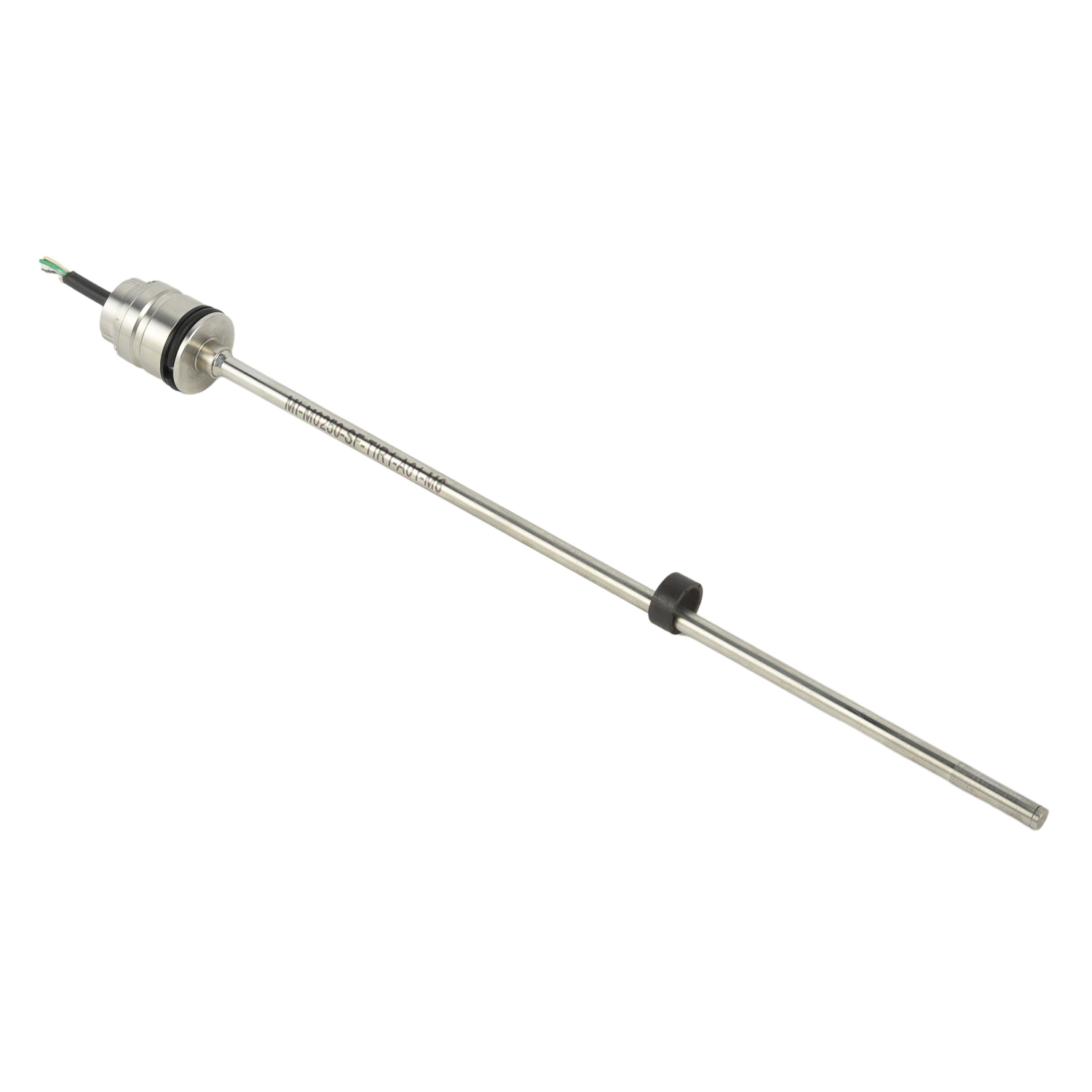
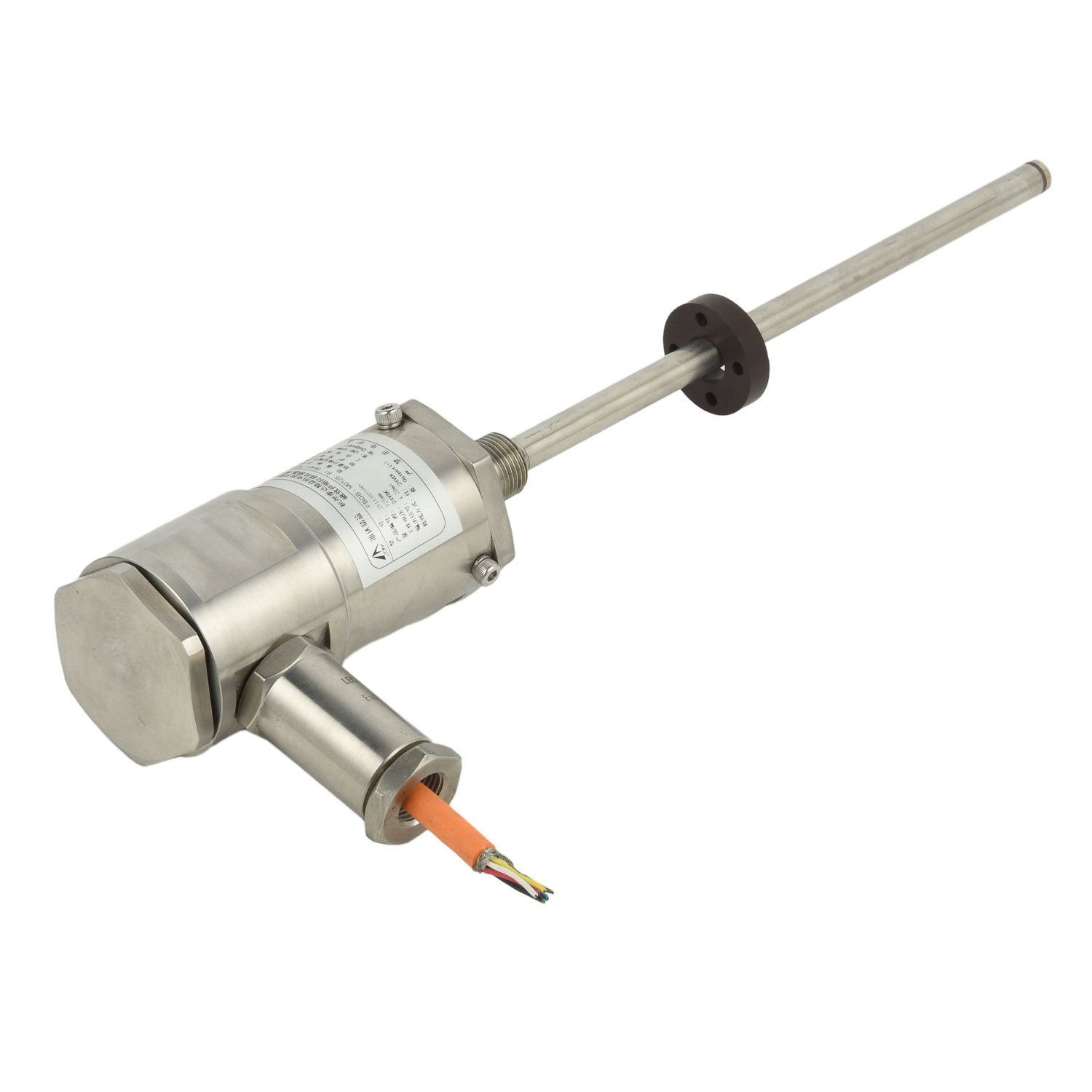 UpgradingYourLevelMeasurementS
UpgradingYourLevelMeasurementS
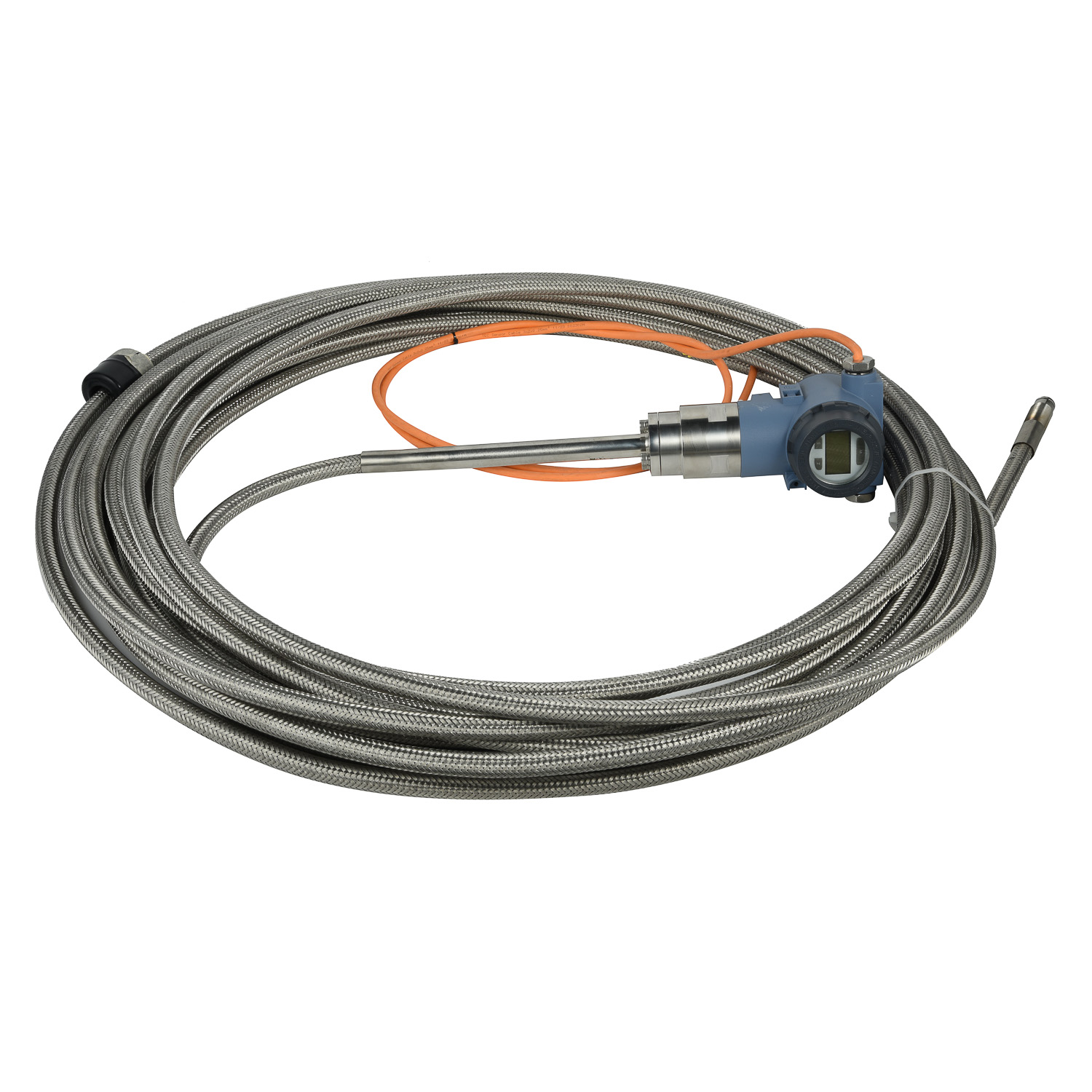 Why are magnetostrictive level
Why are magnetostrictive level
 ComparingMagnetostrictiveandRa
ComparingMagnetostrictiveandRa
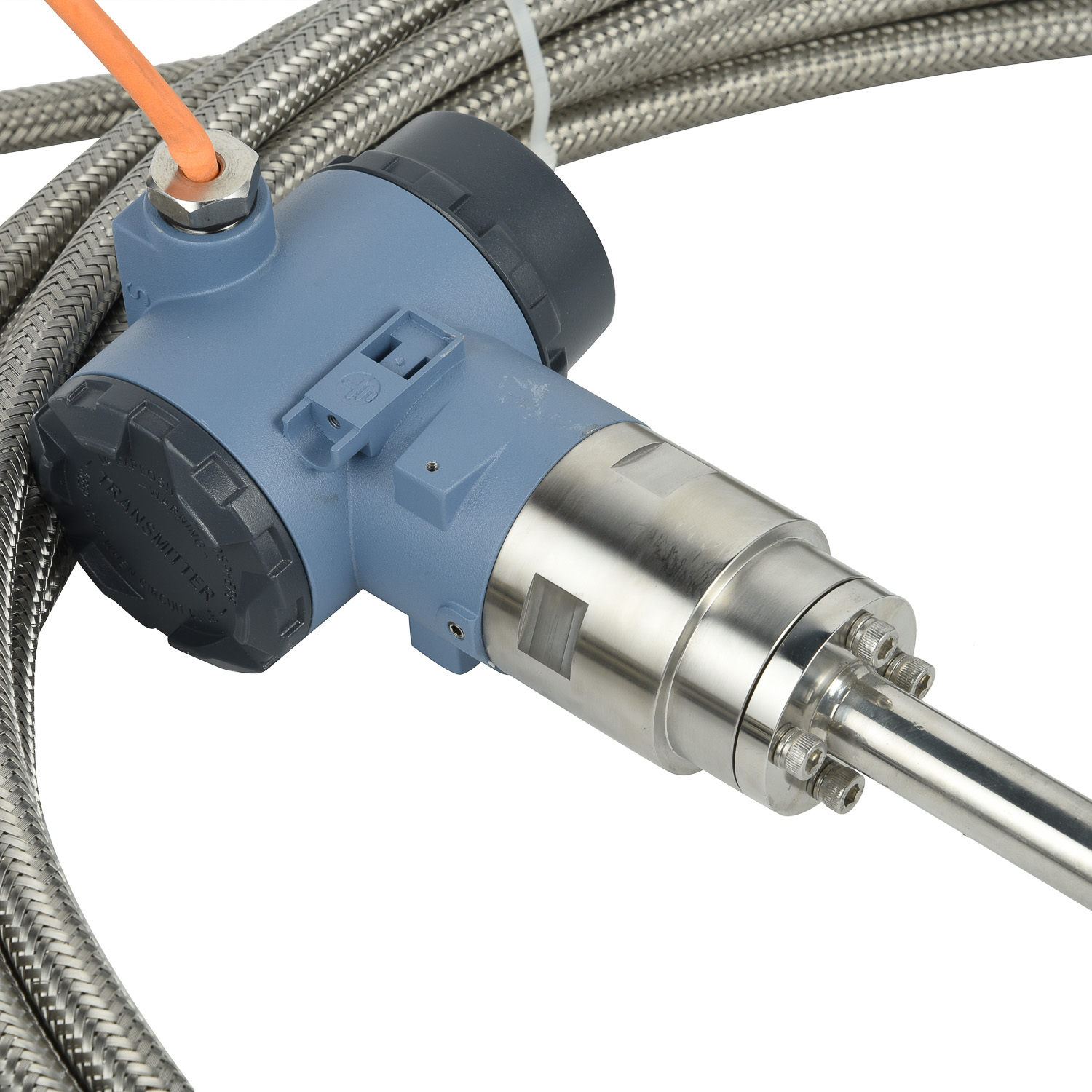 MagnetostrictiveLevelSensorfor
MagnetostrictiveLevelSensorfor
